In today’s eco-conscious world, sustainability is more than just a buzzword—it's a necessity. When it comes to flooring, HDF-engineered wood flooring offers an innovative solution for those seeking an environmentally friendly alternative without compromising on style or quality. By combining high-density fiberboard (HDF) with a veneer of real hardwood, this type of flooring minimizes the environmental impact typically associated with traditional hardwood options. Its eco-friendly advantages extend beyond its manufacturing process, making it an ideal choice for environmentally conscious homeowners.
One of the key environmental benefits of HDF-engineered wood flooring is its reduced demand for hardwood logging. While solid wood floors require the cutting down of entire trees, engineered wood products are made from recycled wood fibers, which not only reduces deforestation but also ensures that less waste ends up in landfills. The fiberboard core of HDF is produced from fast-growing, renewable tree species, making it a more sustainable resource than solid hardwood, which can take decades to regenerate. This makes HDF-engineered wood a more responsible choice for both your home and the planet.
Another major advantage lies in the production process. Unlike solid wood flooring, which can involve extensive cutting, milling, and finishing of entire planks, HDF-engineered wood flooring utilizes a more efficient method of construction. The HDF core is manufactured through a process that uses wood chips, sawdust, and other wood byproducts, which are bonded together under heat and pressure. This not only maximizes the use of raw materials but also significantly reduces waste. When compared to the traditional logging and milling processes, the carbon footprint of HDF-engineered wood flooring is noticeably smaller, making it an excellent choice for eco-minded consumers.
In addition to its resource-saving benefits, HDF-engineered wood flooring also performs well in terms of energy efficiency. Its construction provides a stable, durable surface that reduces the need for frequent repairs or replacements, meaning less energy is consumed over time for production and transportation. This durability, combined with its low-maintenance nature, helps reduce the overall environmental footprint of your home, making it a long-lasting and sustainable flooring solution. By choosing HDF-engineered wood flooring, you’re not just investing in a product; you’re contributing to a more sustainable and energy-efficient future.
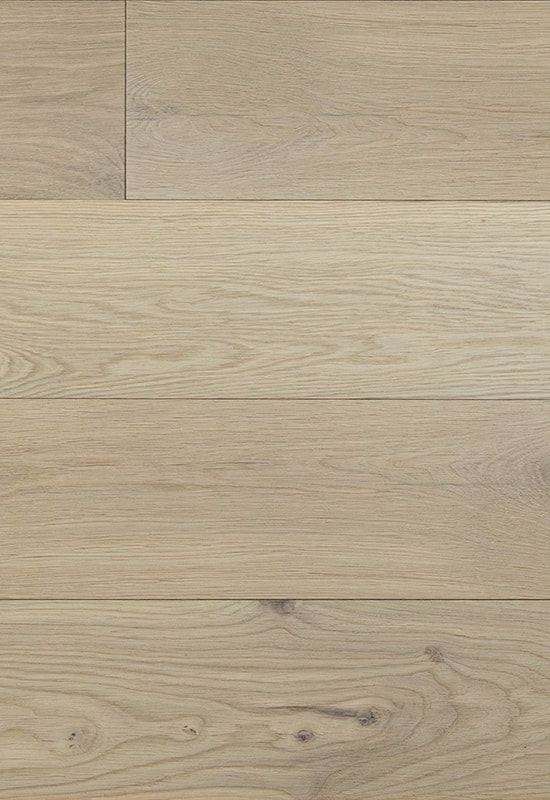
Furthermore, many manufacturers of HDF-engineered wood flooring are committed to responsible sourcing and production practices. This includes obtaining raw materials from forests that are managed according to sustainability standards, such as those set by the Forest Stewardship Council (FSC). Flooring options that bear the FSC certification ensure that the wood used is sourced responsibly, helping preserve forests for future generations. For consumers looking to make a more environmentally conscious choice, selecting FSC-certified HDF-engineered wood flooring provides an added layer of assurance that their purchase aligns with sustainable practices.
In terms of indoor air quality, HDF-engineered wood flooring also stands out as a healthier option. Many products are low in volatile organic compounds (VOCs), which are chemicals found in certain building materials that can negatively affect air quality. Flooring with low or no VOC emissions helps create a healthier living environment, reducing the risk of respiratory issues and other health concerns. This is especially important for homes with children, pets, or individuals who suffer from allergies or asthma.
The recyclability of HDF-engineered wood flooring adds yet another dimension to its sustainability credentials. At the end of its life cycle, the flooring can be recycled, reducing its impact on landfills. Many components, including the wood fibers and even the adhesives used in the product, can be processed and repurposed for other uses. This recyclability ensures that HDF-engineered wood flooring isn’t just a one-time solution but an integral part of a circular economy that minimizes waste and conserves resources.
Choosing HDF-engineered wood flooring is more than just a practical decision; it’s an investment in a greener future. As manufacturers continue to innovate and improve the sustainability of this product, HDF-engineered wood flooring will remain a top choice for those looking to balance style, performance, and environmental responsibility. Whether you're renovating your home or building a new space, this flooring option provides the perfect blend of beauty and eco-conscious design, proving that you don’t have to sacrifice style for sustainability.
With its natural charm, durability, and eco-friendly credentials, HDF-engineered wood flooring offers a sustainable solution that benefits both your home and the planet. As the demand for environmentally friendly materials continues to grow, this innovative flooring option is leading the way toward a more sustainable future.


 English
English 中文简体
中文简体 Français
Français
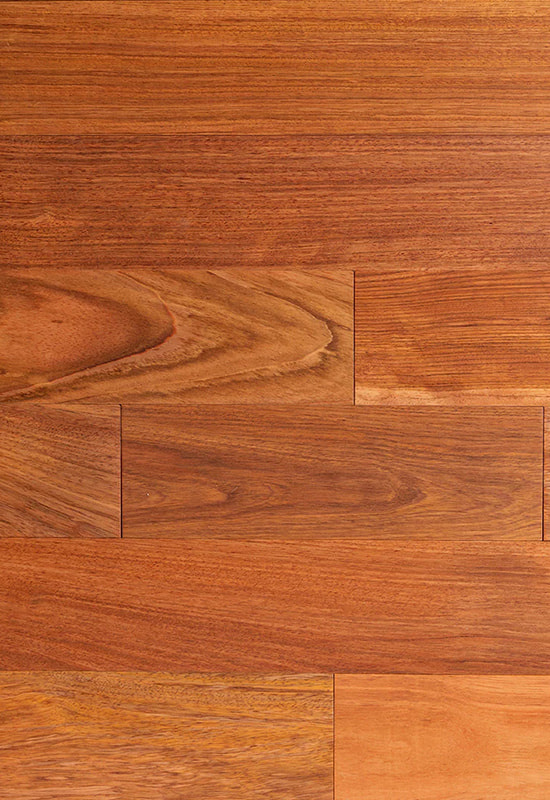
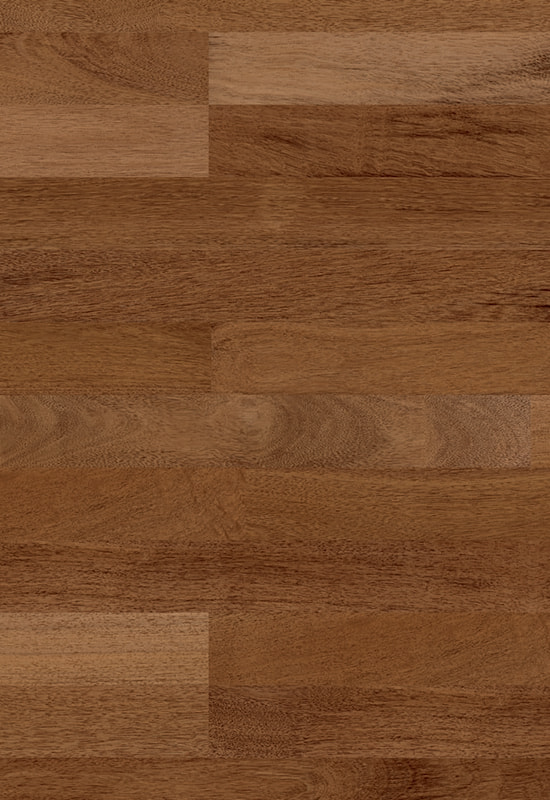
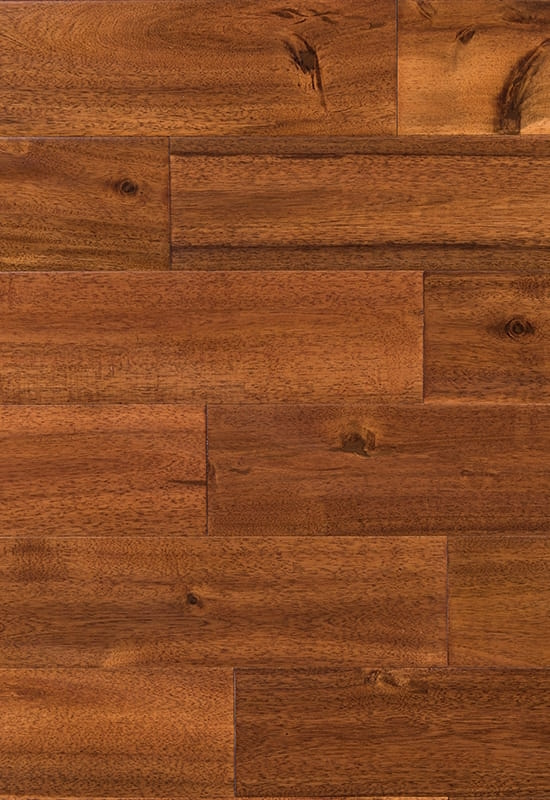
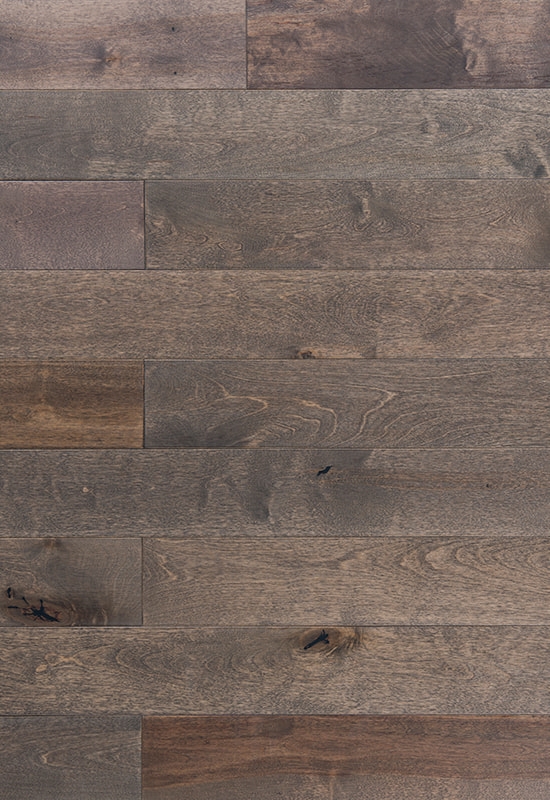
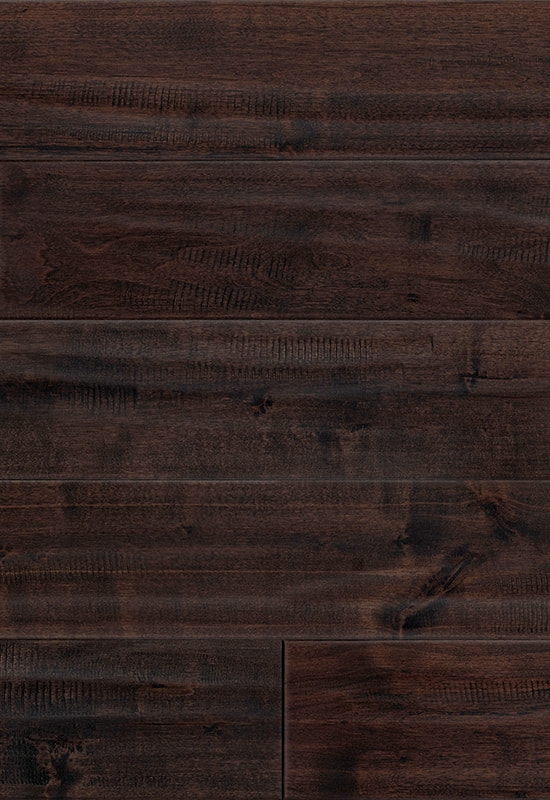
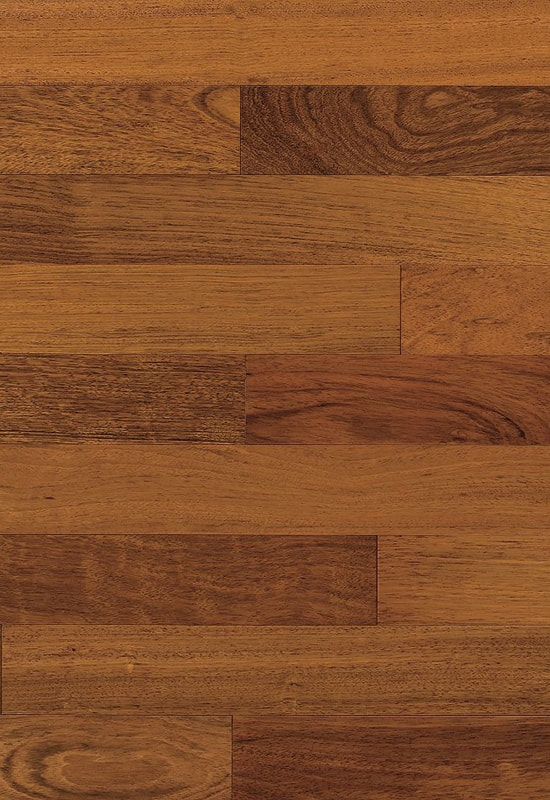
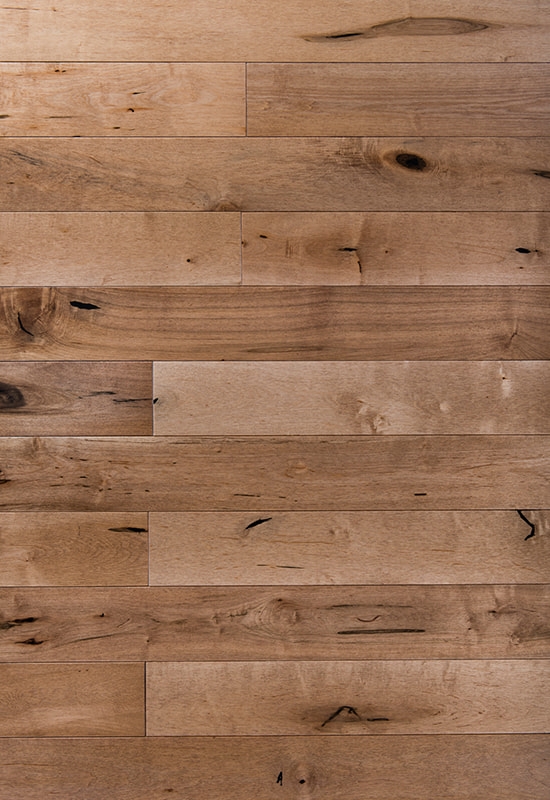
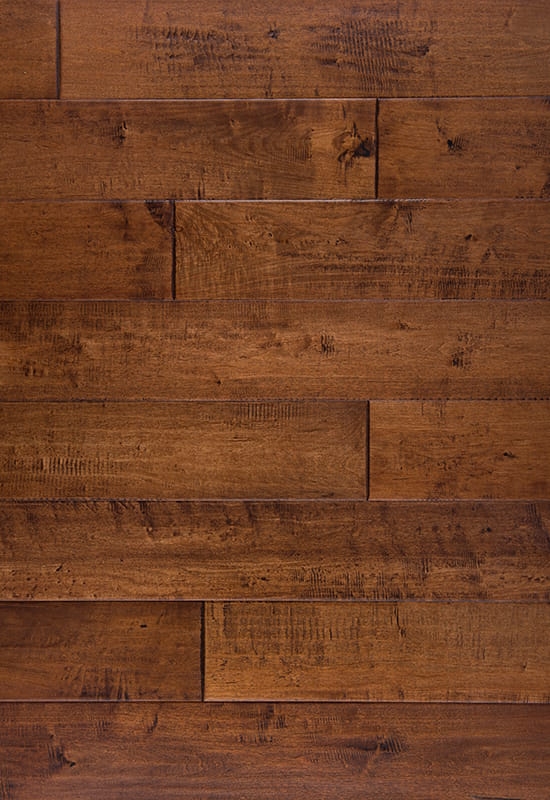
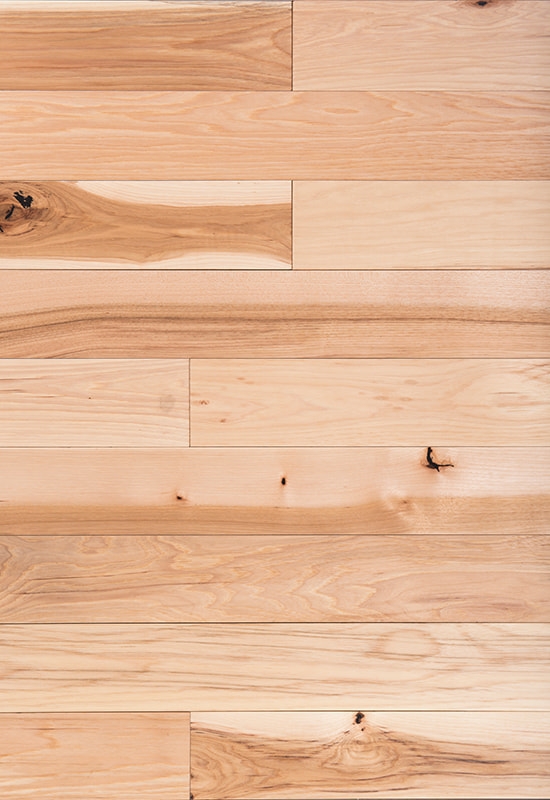
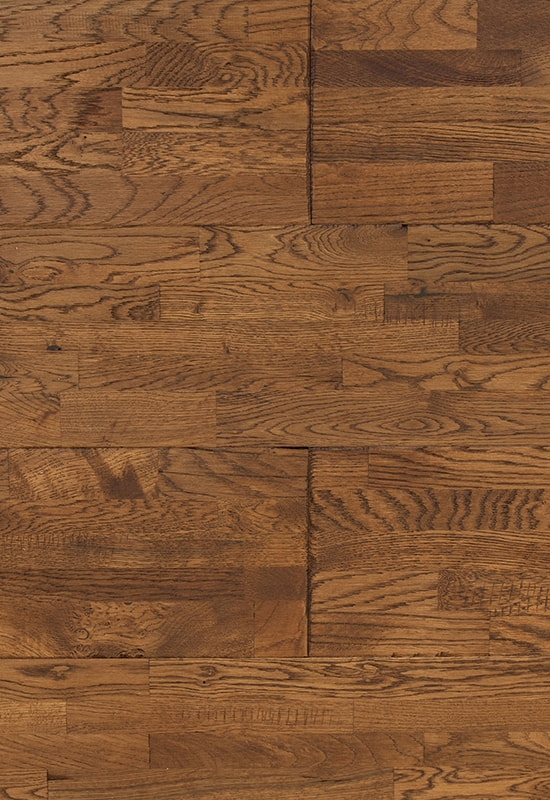
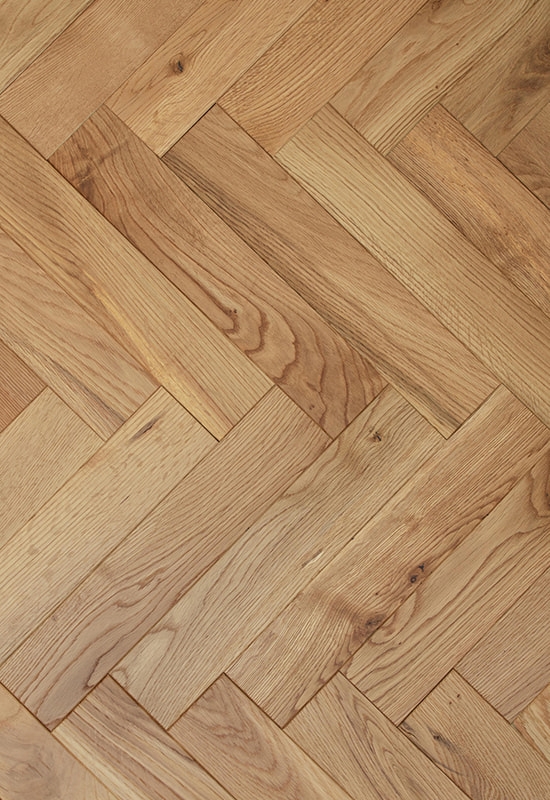
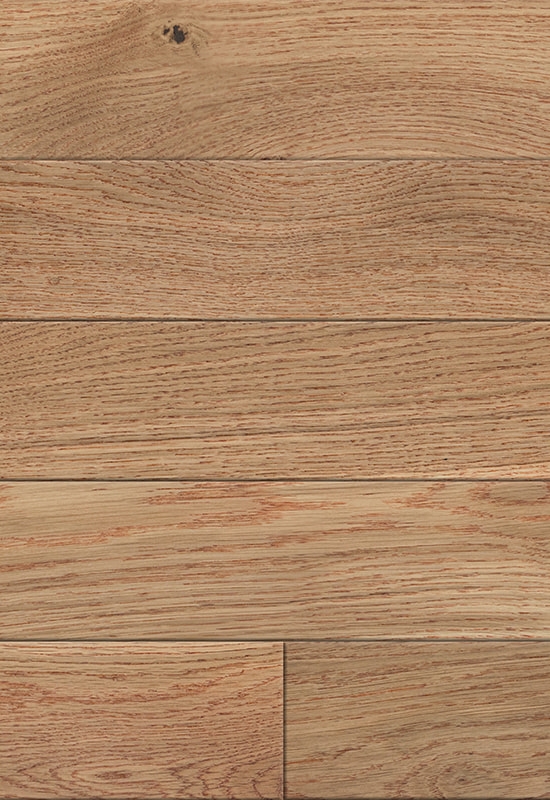

 +86-572-2118015
+86-572-2118015 No.598. Gaoxin Road, Huanzhu Industrial Zone, Huzhou City, Zhejiang Province, China, 313000
No.598. Gaoxin Road, Huanzhu Industrial Zone, Huzhou City, Zhejiang Province, China, 313000 